Disciplinary Architecture or Deterrence by Design
Spikes installed to deter sleeping and sitting beside the entrance to a luxury building were brought to public attention on Saturday following a tweet by @EthicalPioneer that has since inspired petition and protest.
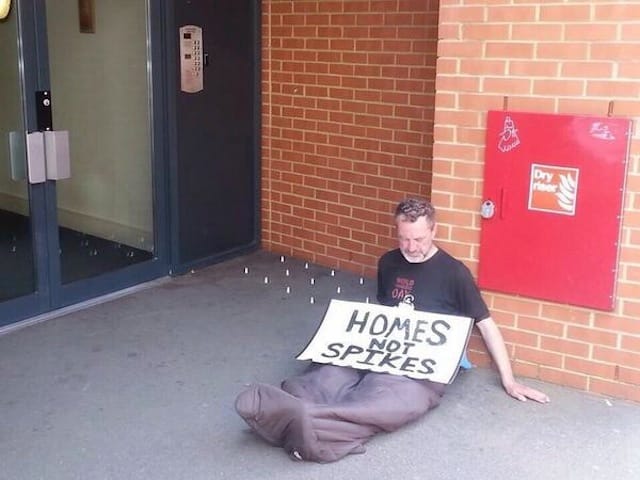
Earlier this week, London Mayor Boris Johnson took to Twitter to respond to recent controversy surrounding anti-homeless measures taken by real estate company Property Planners at their upscale Southwark Bridge Road property. Spikes that were installed to deter sleeping and sitting beside the entrance of a luxury building were brought to public attention on Saturday following a tweet by @EthicalPioneer that has since inspired petition and protest.

Political play, or not, the London mayor’s passionate response speaks directly to the outrage surrounding the issue of London’s growing homeless population, which, according to London based charity Crisis, has jumped a staggering 75% in the past three years.
Unlike most disciplinary architecture, the architectural practices aimed at controlling our behaviors don’t inspire Twitterstorms, yet the majority of these subtle mechanisms of crowd control permeate our daily lives.
The most recent example in London may lack any nuance, but the urge to herd homeless populations and other visually undesirable groups is an impulse that is in no way unique to London’s luxe real-estate developments. All we have to do is look at our own parks and public transportation networks to see specially designed benches, ones that limit space for lying down, to understand how our public space is far from relaxing. These interventions are complemented by uncomfortable ledges and ‘pig ear’ skate-stoppers on hard surfaces that all discourage loitering and skateboarding in public space.
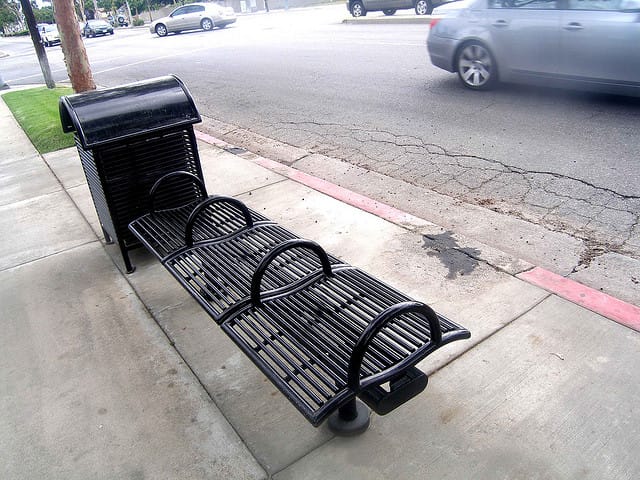
The subtlety of most elements designed to control our behavior within the built environment is what makes the spikes all the more striking but far from unique. Mosquito youth dispersal alarms, which emit a high-frequency sound only audible to teens between the ages of 13 and 25 to keep them from loitering in front of businesses, is yet another example of how our urban space is policed and controlled. Not everyone is happy.
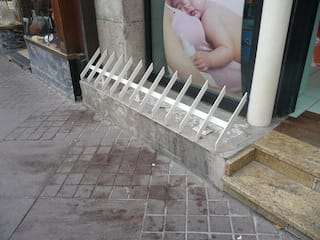
About a decade ago, Parisians began to complain over the use of anti-homeless measures in their city, and as a result one French photography collective began documenting the realities of urban disciplinary architecture, while another advocacy group, The Children of Don Quixote, went one step further and erected urban campgrounds for the homeless.
In 2014, it seems normal that Twitter activists would take on the role of whistle-blowers and community organizers, though we’d be fooled to believe that everyone on social media shares the same outrage over images of spikes designed for the homeless.
The public back and forth, if anything, forces us to more closely examine our built environments. Ultimately, the spikes bring up a conversation that we should have been having all along. Here are some more examples of the use of disciplinary architecture in our daily lives that many of us ultimately overlook:




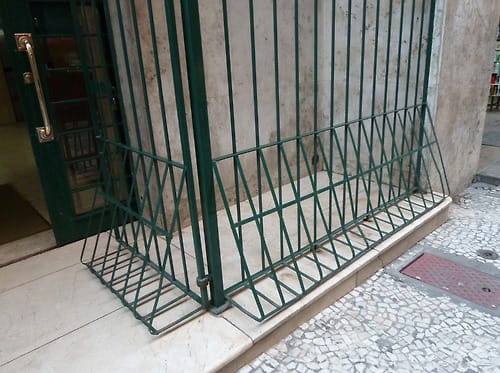
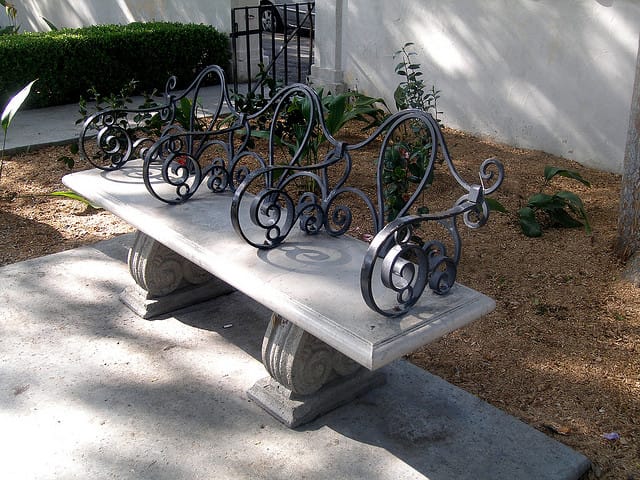
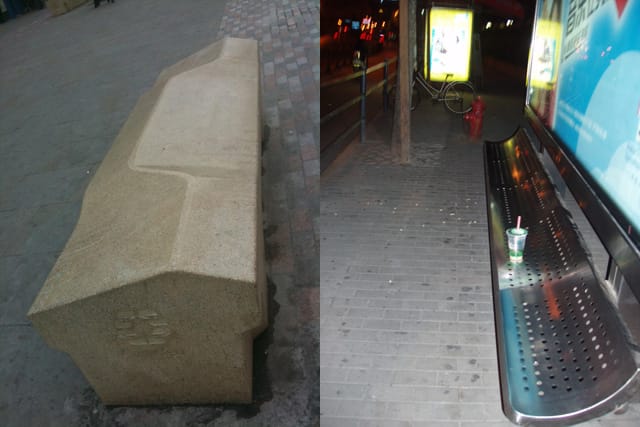
UPDATE, June 12, 11:56am EDT: The mayor of Montreal expressed outrage at “anti-homeless spikes” in his city, while today, activists in London poured concrete on “anti-homeless spikes” as a form of protest:





